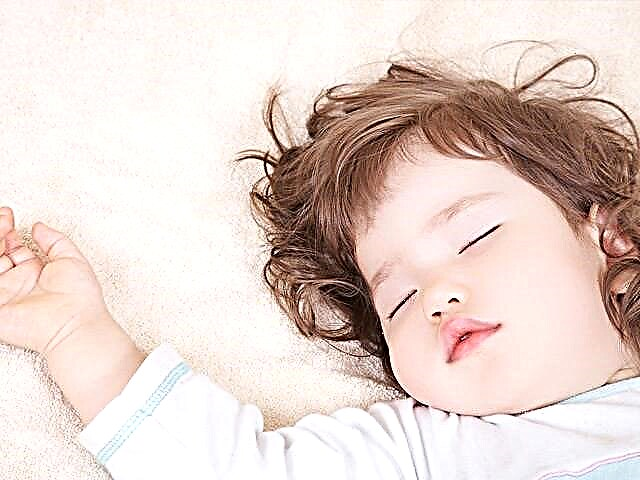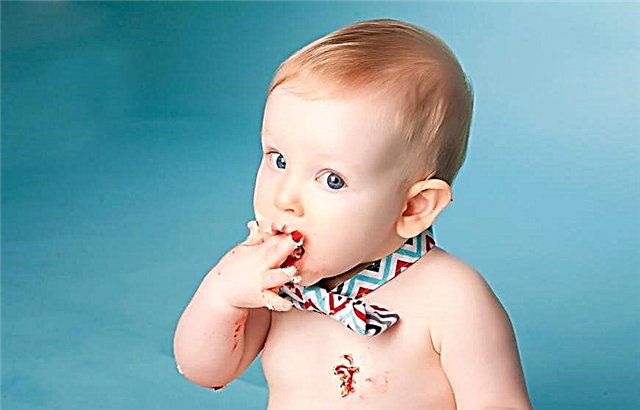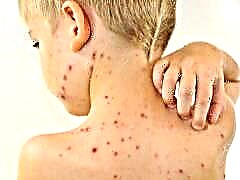
A rash that appears after a high fever or in the midst of an illness usually causes confusion and fright among parents. The question arises, what happened to the child, and how adults should act. We will talk about this in our article.
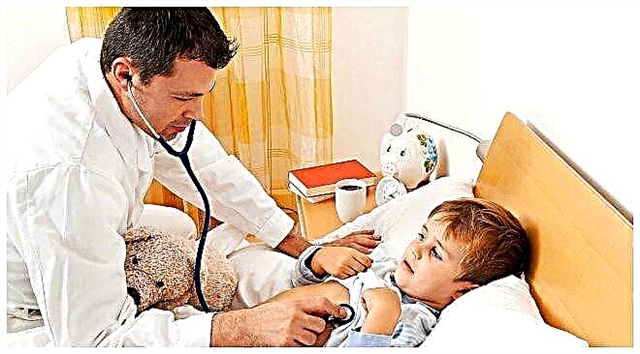
A few words about the rash
With various skin rashes, children's skin can react to a wide range of external and internal irritants.
The skin of babies is 2.5 times thinner than the skin of adults, it contains a significant amount of moisture. Anything can affect the health of the skin of young children - dry air, allergenic foods, medicines, viruses and bacteria. Local immunity, like general immunity, is poorly developed in children.
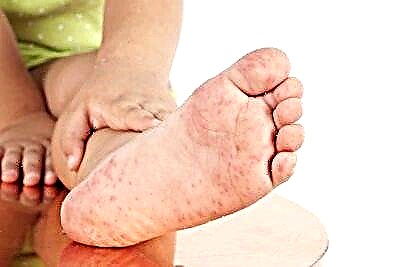
During a high temperature, the body undergoes overheating, hyperthermia, the production of sweat increases, the purpose of which is to cool the skin, and a rash may appear because of this.
The rash is accompanied by a large number of viral and bacterial infections, which also occur with fever and fever.
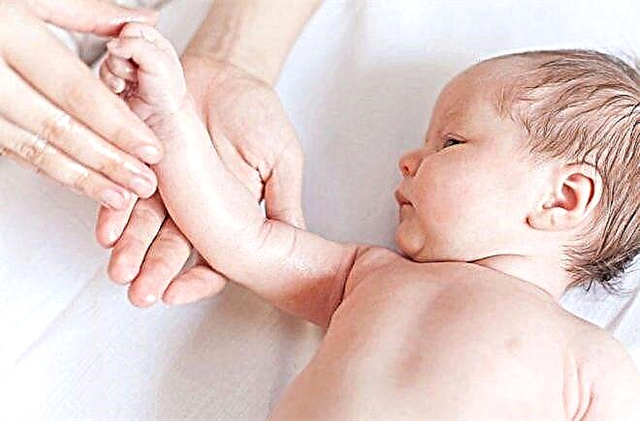
Consider the main reasons why rashes may appear on the child's body against a background of temperature.
Causes
The reasons can be roughly divided into two large groups - infectious and non-infectious.
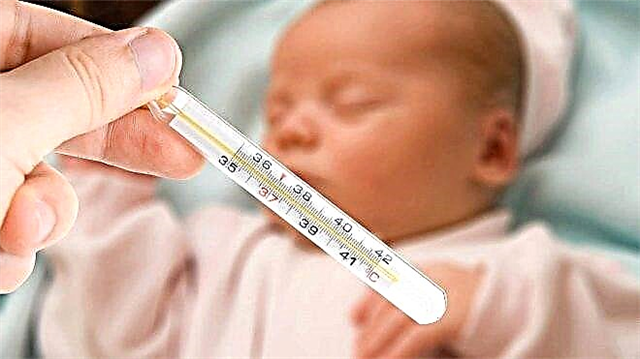
Non-infectious
Prickly heat
The most harmless reason is sweating. Sweat, which is produced in large quantities in a state of fever, leads to local irritation of the delicate skin of children.
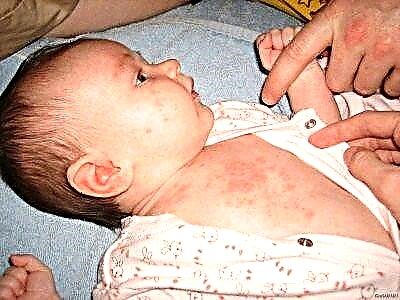
The ducts of the sweat glands in children have an anatomical age-related feature - they are narrow, the discharge of sweat is difficult, and the sweat glands can become inflamed because of this. This is how a rash appears.
You can distinguish such rashes from others by severe redness around the elements of the rash, erythema can be quite extensive and cover the entire area of skin folds. Places of localization of the rash - skin folds, groin area, buttocks, armpits, a fold under the chin, skin on the head, in its hairy part.
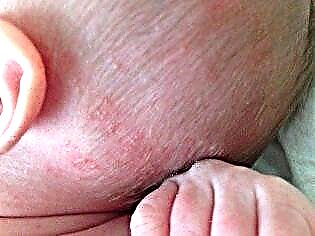
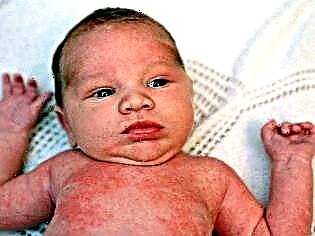
This phenomenon should not cause much concern. The rash disappears quickly when exposed to fresh air and clean water. The child should be rinsed with warm, but not hot water, treat diaper rash "Bepanten" or sprinkle (if the rash is weeping), dress the baby in clean and dry clothes made from natural fabrics.
Don't dress him too warmly. At temperatures above 38.0 degrees, it is better to undress the child to his panties altogether.
Allergy
When the baby gets sick, the parents start giving antipyretics. It is to them that an allergic reaction can develop. The likelihood of an allergic rash increases, if medicines for temperature are given in the form of a sweet syrup. If parents begin to use other medications, then the risk of an allergic reaction increases several times.
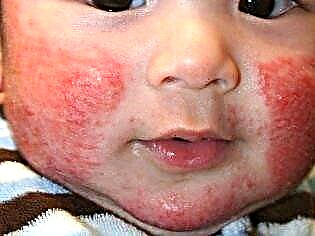

An allergic rash can appear as red, bumpy, scaly, and crusty spots, most commonly on the cheeks, chest, and neck. An allergic rash is usually palpable because it itches and itches. Individual elements can merge, creating large lesions.
If such a rash appears in a child under one year old, be sure to call a pediatrician.
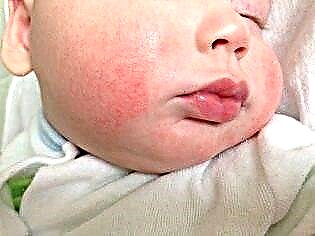
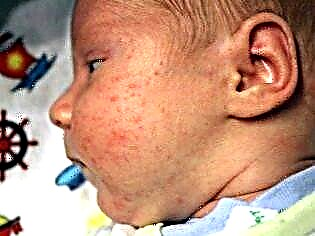
He will appoint antihistamine by age, and will also be able to recommend an antihistamine ointment. If the allergy is extensive, the doctor may prescribe an ointment based on glucocorticosteroid hormones.
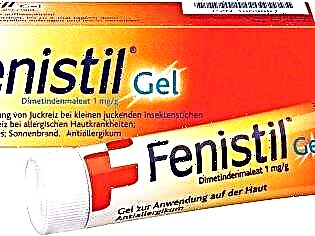

Infectious
If a rash appears on the body, face, limbs during a fever or after a high temperature, this may be a sign of an infectious disease.
Chickenpox
The rash with this infectious disease has a characteristic appearance and style of "behavior". It appears against the background of a temperature of 37.5-38.0 degrees, bubbles with serous fluid are formed from the tubercles in a matter of hours.
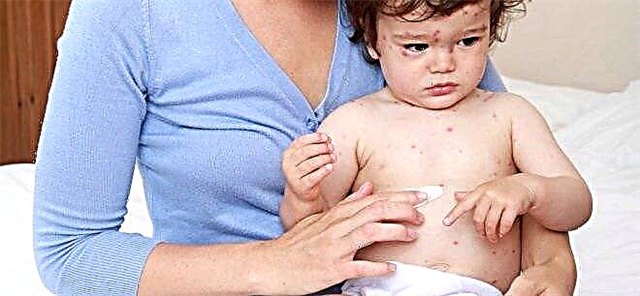
When these vesicles burst, a yellowish crust appears in their place, which itches quite a lot, and new elements already appear nearby.
A rash can be observed all over the body... In addition to it, chickenpox is characterized by symptoms typical of a viral infection: headache, respiratory manifestations in the form of a runny nose and cough, a feeling of aches in muscles and joints. Some children may develop abdominal pain and even diarrhea.
To treat chickenpox or not is a rhetorical question, since there are no drugs that could somehow affect the speed of recovery. But there are drugs which help reduce the symptoms of the disease.
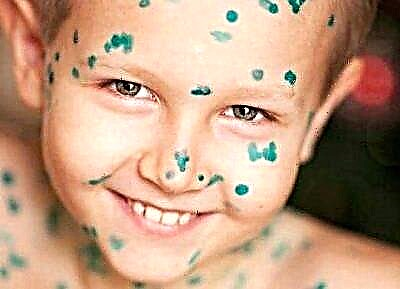
To begin with, parents should be sure to call a doctor at homeas chickenpox, like most other skin rash infections, is highly contagious.
In case of a mild form of the disease, the doctor will recommend bed rest, plenty of fluids and light food. To reduce the temperature with chickenpox, give "Paracetamol", rashes after opening the vesicles are treated brilliant green or "Acyclovir".
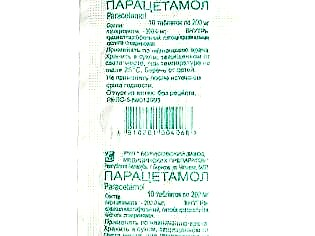
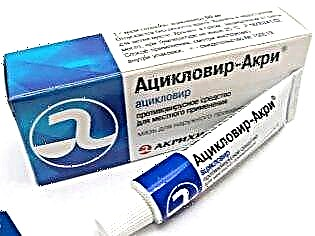
Measles
This is also a very contagious viral infectious disease, in which a small child first develops a fever and then a rash. The temperature can reach 39.0 degrees and above, lacrimation appears.
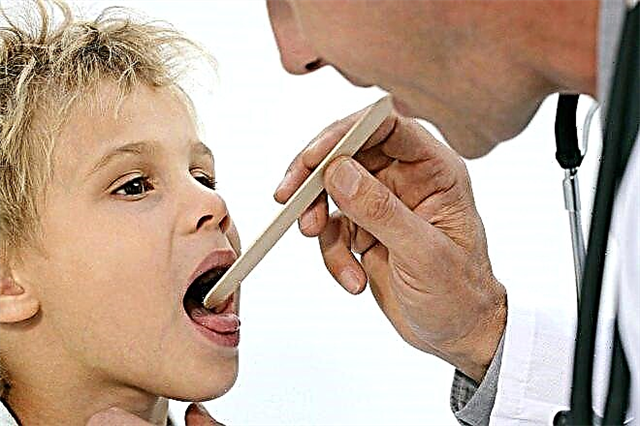
The rash looks quite typical - it is small red rash, which appears 3-4 days after the onset of an acute illness. First, the rash appears on the mucous membranes - in the mouth, on the inner surface of the cheeks, in the palate, after which it quickly spreads throughout the body. Mild itching may occur.
Measles most often affects children between 1 and 5 years of age. Babies under one year old are rarely infected with this ailment, they are protected by antibodies received from the mother, the so-called innate immunity.
Treating measles is not much different from treating other viral infections. The child is assigned to bed rest, an abundant warm drink, a diet.
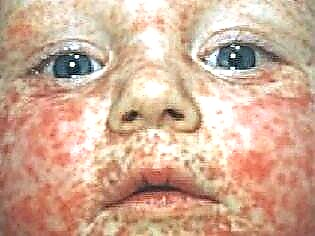
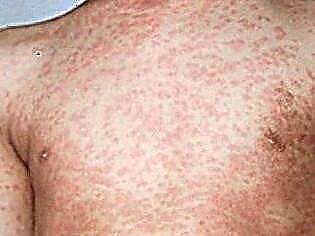
Antiviral drugs, although they are prescribed everywhere by district pediatricians, do not have any effect on the course of the disease. Therefore, therapy is symptomatic: from high temperature - antipyretics, with skin itching - antihistamines. The rash does not need special treatment.
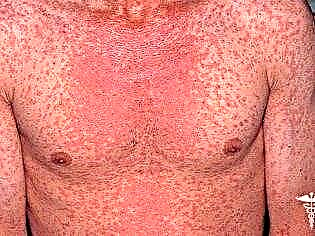
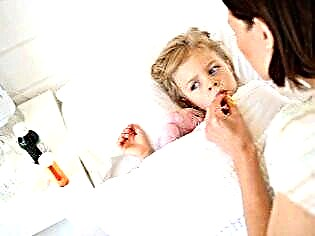
Rubella
With this disease, the temperature also rises first (up to 38.0 degrees), a sore throat appears, lymph nodes increase, and only on the 3rd day the first rashes on the skin may appear.
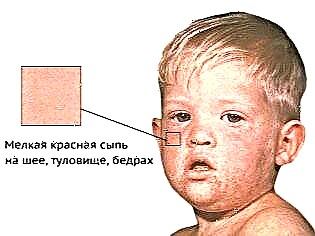
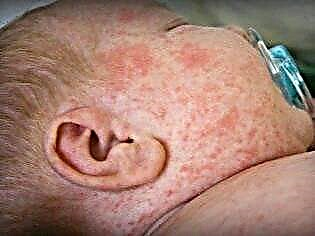
The rash itself is shallow, oval, pink... Its individual elements do not merge with each other. The first rashes appear on the face and neck, but in a couple of hours the rash already covers the entire body.
After three days, the rash begins to fade and gradually disappear. The temperature can be kept all this time.
With rubella, the child must be isolated from other children and especially from pregnant women. The rest of the help for the baby is quite standard - vitamins, bed rest, drinking and airing the room. The rash does not need treatment.
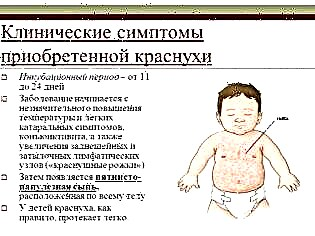
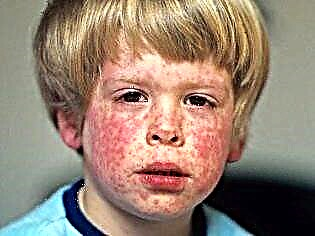
Roseola infantile or sudden exanthema
If, after three days of high (up to 39.0 and above degrees) temperature, the child feels better, the fever subsided, and 10-12 hours after that the body, head, face become covered with a pinkish rash, then we are talking, most likely, about roseola, three-day fever or the so-called "sixth disease".
It is caused by herpesvirus of the sixth type, and at first even experienced pediatricians mistake the disease for a common ARVI, and when a rash appears, for an allergy to antipyretic drugs.

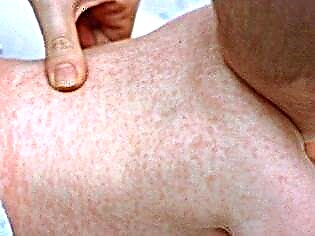
That is why the diagnosis of "sudden infant exanthema" so rarely appears in the medical records of young patients. The disease is not dangerous, the rash usually disappears without a trace within 5-6 days without any treatment.
In the acute stage, when the child has a high fever, it is important to monitor the temperature, give antipyretics, water the baby to prevent dehydration. In the event of febrile seizures, call an ambulance.
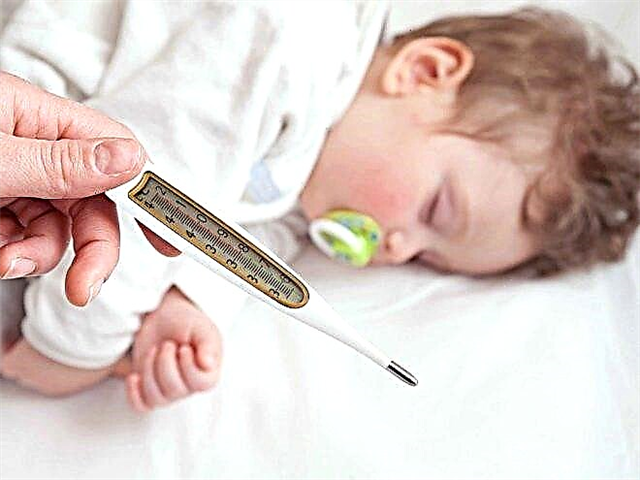
Scarlet fever
This disease is not viral, but bacterial in origin. Negative changes in the body are caused by a microbe Streptococcus group A.


The ailment begins with signs of general severe malaise. They are caused by exotoxin, which is produced by microbes in the child's body. Then the body temperature rises - up to 39.0 degrees, there is a severe headache, a feeling of nausea, some children start vomiting.
A yellowish coating appears in the throat and tonsils, the tongue becomes crimson. A rash appears after about 24 hours. Small dots, and this is what the rash looks like, cover the face, and then the chest and arms. The rash appears on the back, under the arms, in the groin folds, under the knees.

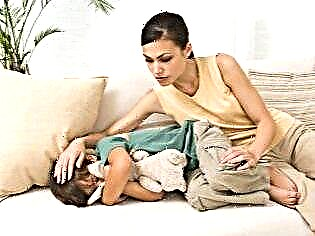
If you run your fingernail over it, then a white light strip remains for a few seconds, after which the elements of the rashes on it again become distinguishable. The rash is absent only in the area of the nasolabial triangle.
The rash may be itchy. They exist on the baby's skin for about a week, after which they brighten and disappear.
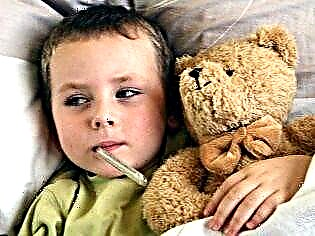
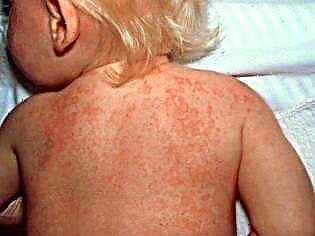
Treatment can take place both at home and in a hospital - it depends on the severity of the disease.
The child is assigned antibiotics, and antihistamines from itching antipyretic funds and enterosorbents at the initial stage to relieve symptoms of intoxication. In any case, the treatment of scarlet fever should begin with a house call. You don't need to go to the clinic, because the disease is very contagious.
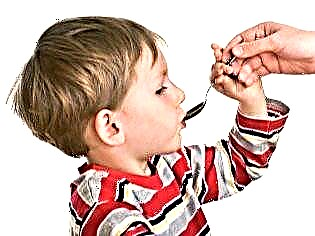
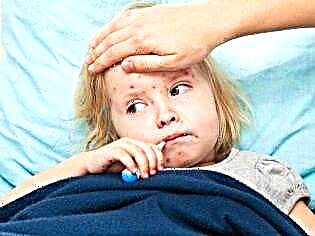
Meningococcal infection
This disease also has a bacterial origin, caused by meningococcus. Against the background of high fever, chills, sore throat, runny nose, the child may have red vascular dots on the skin. The earlier these "stars" appear from the onset of the disease, the more unfavorable the prognosis.
The first elements of the rash appear on the legs, on the buttocks and the lower abdomen. The vascular pattern can spread further, cover the whole body, including the face, dots can even appear on the eyeballs. In essence, rashes are small punctate hemorrhages in the skin.
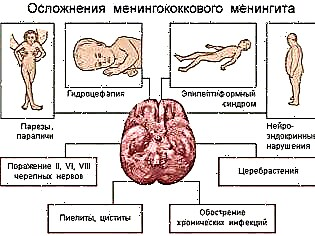
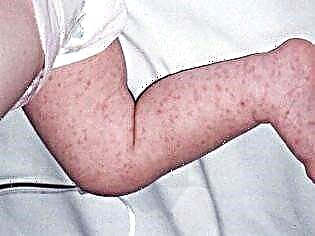
Meningococcal infection can be very dangerous and even fatal, therefore, if you find characteristic vascular "asterisks" on the skin of a baby who has had a fever for 1-2 days, you should immediately call an ambulance.
Most often, treatment is carried out in a hospital with the use of antibacterial drugs, the infusion of saline and saline mineral and vitamin solutions to relieve severe intoxication.

Infectious mononucleosis
The disease can begin abruptly, with a high temperature, or it can develop slowly, after several days of low-grade fever (37.0-37.8 degrees).
The child has enlarged lymph nodes, all the classic symptoms of a viral infection appear: runny nose, cough, sore throat. The tonsils are enlarged, covered with plaque, a rash may appear 3-4 days after the onset of the disease.
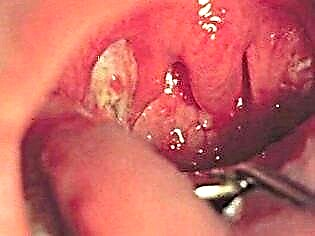
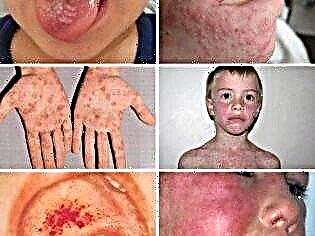
The rash has the appearance of tubercles, practically not prone to fusion. The place of dislocation can be anything, even on the heels and palms of mononucleosis rashes may well be, it is for this reason that the ailment is sometimes confused with diseases caused by the Coxsackie virus.

Infectious mononucleosis itself is not so dangerous how are its complications, which can cause edema and disturbances in the activity of the brain with serious consequences for the child. Therefore, a doctor's consultation is mandatory.
A child with a severe form of the disease is hospitalized, mild forms of the disease mean the possibility of home treatment.
The child is prescribed strict bed rest, plentiful warm drinks, the intake of easily digestible food, antipyretic drugs.
On the recommendation of a doctor, some nootropics may be prescribed to improve blood flow to the brain. The rash does not need special treatment, it disappears on its own as it recovers.
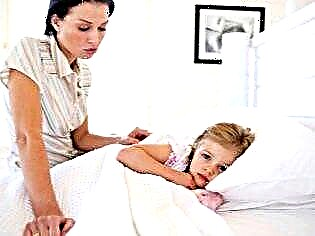
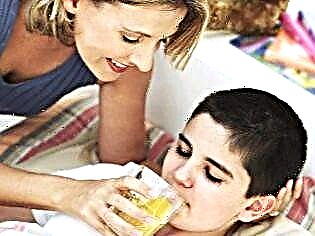
What not to do:
- You cannot try to diagnose a child on your own and start treatment without a doctor. Improper therapy can have serious consequences for the health and life of the child.
- The child should not be allowed to communicate with other children if the rash appears on the background or after the temperature - about 90% of the probability that he has an infectious disease, and it is contagious.
- Do not lubricate skin rashes, regardless of the diagnosis, with alcohol and alcohol-containing compounds, as well as iodine. Alcohol greatly dries baby's skin, and iodine causes local burns, which only worsens the condition and well-being of the baby.
- You can not smear the rash, no matter what the reason for it, baby cream and other ointments on a greasy basis. These funds disrupt the "breathing" of the skin, heat transfer.
- Do not pierce or manually remove the elements of the rash.
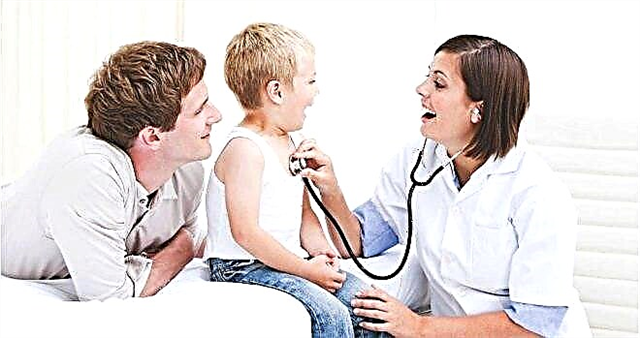
In the video below, Dr. Komarovsky talks all about baby rashes.


